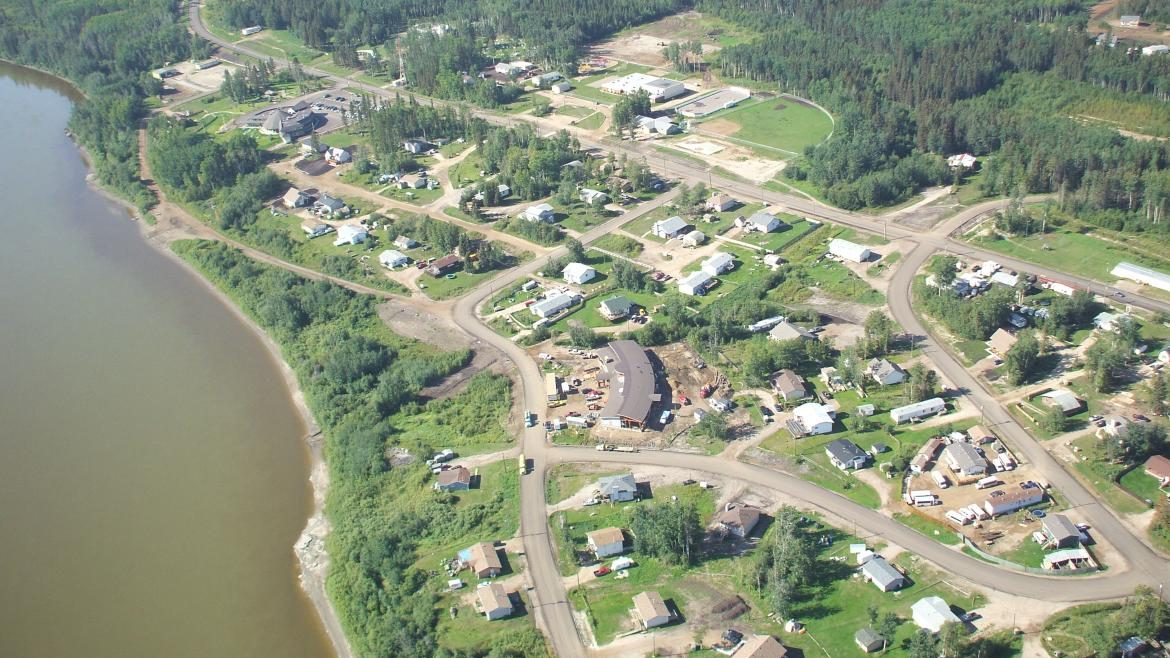A report on air quality in the Fort McKay area, released in September 2016, revealed 17 recommendations, which are now being implemented
The study was done by the province and the Alberta Energy Regulator working with the community and with industry following repeated complaints from people living in Fort McKay about odour and air quality concerns from nearby oilsands operations.
The report, which included significant stakeholder participation, examined:
- complaint and investigation history in the region related to air quality and odours
- industry performance monitoring data and regulatory requirements
- ambient air quality monitoring data
- air quality and odour thresholds
Within the last 12 months a multi stakeholder air quality and odours advisory committee, which includes representatives from Fort McKay First Nations, Fort McKay Métis, the Alberta Energy Regulator, industry, along with federal and provincial government, has been implementing the recommendations.
Monica Hermary Advisor, Strategic Communications, Public Affairs for Alberta Energy Regulator says all the parties involved are committed to working together to find solutions.
“There’s monthly meetings and then there’s sub-committees for each of the recommendations that meet on a regular basis as well.”
Two of the recommendations have been fully implemented and another eight are underway. The first which was implemented in December 2016, was the establishment of an air quality task force, which oversees the implementation of the 17 recommendations. The second fully implemented recommendation is confirming, with contract, that the Wood Buffalo Environmental Association is responsible for supporting complaint response and reporting ground-level concentrations that exceed the Alberta Ambient Air Quality Objectives.
One of the most notable of the eight recommendations that are in progress is a new air monitoring station, which detects acute concentrations of sulfur dioxide and hydrogen sulfide. The station will warn residents when air quality is impacted. Work to identify thresholds of other air pollutants is in progress.
Hermary adds that starting the remaining seven recommendation relies on the current eight.
“There’s some crossover, for some of the recommendations we might identify certain controls or something which might impact the implementation of other recommendations.”
Fort McKay Métis President Ron Quintal says they’ve been moving in the right direction, but they won’t tolerate the level of air quality concerns they’re forced to live with.
“Industry and government need to go beyond the minimal requirements, especially when they operate right at our backyard.”
Chris Seversen-Baker, acting director of the AER’s Environmental Sciences Branch and advisory committee co-chair says says the biggest challenge is figuring out the cause of the odours and what is contributing to the elevated levels of some air pollutants.
“There isn’t just one source causing air quality and odour events in Fort McKay. We first need to understand which sources are the most important contributors and udnerstand under what conditions they occur.”
The report would not have been created based on research done in the area had it not been for the work of the people of Fort McKay who have long been concerned about the air quality so close to operations in the oilsands.
“Fort McKay is a strong advocate for responsible and sustainable development which includes the protection of air and watersheds,” said Chief Jim Boucher, Fort McKay First Nation. “Poor air quality and odours have been a chronic issue that community members have reported for years with little response from Industry and government until now.”
Boucher said Fort McKay expects that through the commitment to and implementation of the recommendations, the poor air quality and odour events will become an exception and not the norm of the daily experiences of the community.
Even though the past 12 months have included a lot of progress in finding solutions from the recommendations, it’s still too early to say when the air quality in Fort McKay will improve.
Government, the AER, Fort McKay First Nation, industry and other partners will continue working together to address the recommendations made in the report and potentially create a new set of recommendations based on the findings of investigations into the health impacts of emissions.







